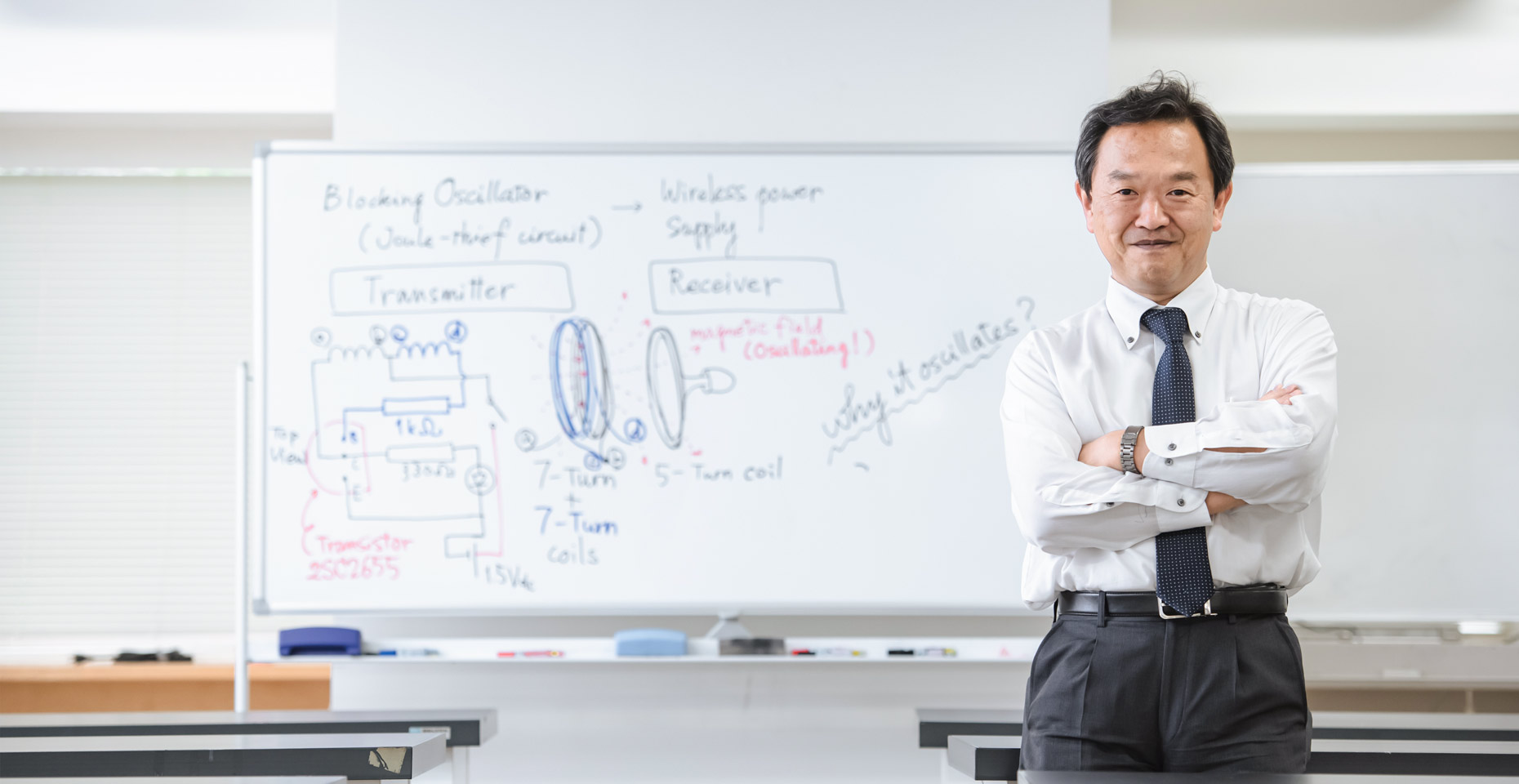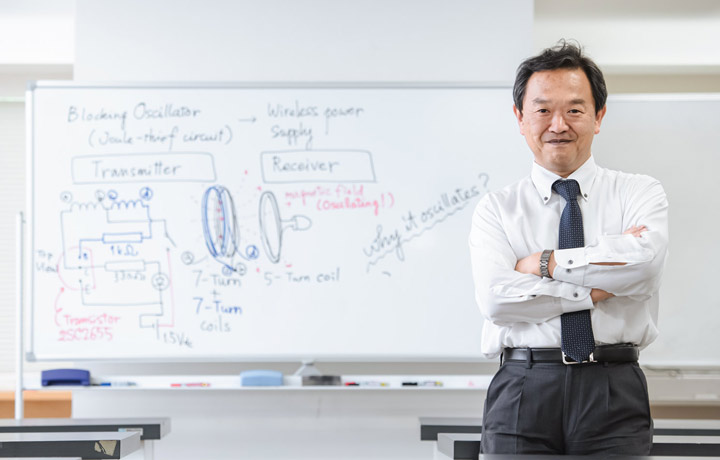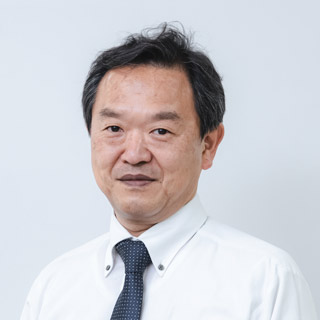There is a researcher who is globally engaged in educational activities with the desire to “promote Japanese science education abroad.” Professor Tetsuya Kato, who specializes in physics education at Chiba University’s Faculty of Education, is one such individual.
Professor Kato has been involved in educational projects in Asia and the ASEAN region for over a decade. His accomplishments have been recognized, and in 2020, he was awarded the Minister of Education, Culture, Sports, Science and Technology Commendation for his contributions to the field of Science and Technology.
Currently, Professor Kato is embarking on a new challenge with his independently developed “sustainable” physics teaching materials. We followed Professor Kato’s pursuit as he continued his efforts to “eliminate social disparities.”
Introducing the Japanese teaching style of science experiments to Southeast Asia
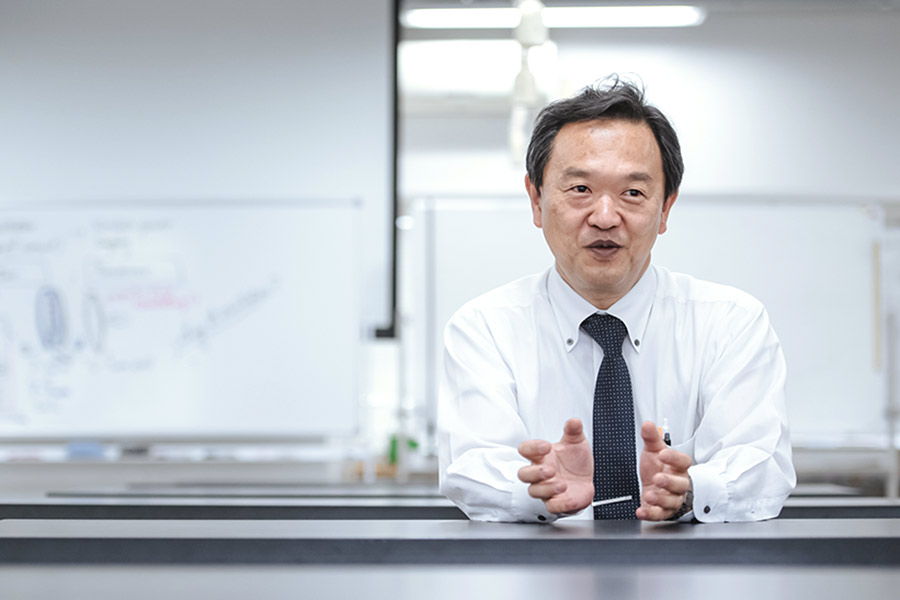
――First of all, what is your research field and interests?
My expertise lies in physics education. Currently, my primary focus is on expanding introductory physics education abroad.
Specifically, I am targeting Southeast Asian countries such as the Philippines, Vietnam, Indonesia, and Cambodia to conduct classes using physics experiment materials that we have developed, catering to teachers and students aspiring to become teachers. Through this approach, I am trying to disseminate Japanese-style education to the global stage. I am also working on welcoming students from Southeast Asia into our laboratory and offering them tours of our laboratory equipment.
――What aspects of Japanese-style education are you trying to pass on to the world?
One of the distinctive features of Japanese-style education is the approach of cultivating critical thinking through hands-on experiments. In Japan, science classes involve various experiments, allowing students to actively participate and think independently, thus enhancing their understanding. However, many schools across Southeast Asia lack the essential resources for conducting experiments, hindering students’ access to such hands-on learning opportunities.
Initiatives such as Chiba University’s TWINCLE Program* have received requests from educators in Southeast Asia who are eager to explore the Japanese education system. In response, my endeavor focuses on advancing physics education practices within Southeast Asia. To achieve this goal, I have developed various new experimental materials, taken them to Southeast Asia, and provided guidance to local teachers and aspiring educators on their effective implementation.
*A program where graduate students from Chiba University’s Graduate School of Education collaborate with graduate students from other departments like engineering and horticulture to develop a comprehensive experimental curriculum. Designed to be accessible to junior and high school students within the ASEAN region, these lessons are inspired by Chiba University’s renowned cutting-edge scientific research. As a part of this initiative, instruction is conducted in English during practical class sessions at local schools.
What kind of teaching materials have you developed so far?
We have developed educational materials: “Wireless Power Supply,” which allows wireless observation of LED lighting; the “Conduction Checker,” which detects electrical conductivity through sound; and the “Charge Sign Checker,” which identifies the polarity of static electricity. While all of these materials can be created by combining simple electronic components like resistors, transistors, and coils, they all demonstrate fascinating physical phenomena.
The classes that utilized these materials received positive feedback, with local teachers continuing to carry out experiments enthusiastically. Particularly in the wireless power supply experiment, there was a strong reaction of excitement with comments like, “I don’t fully understand, but it looks intriguing!”
Developing sustainable teaching materials that local people can use on their own
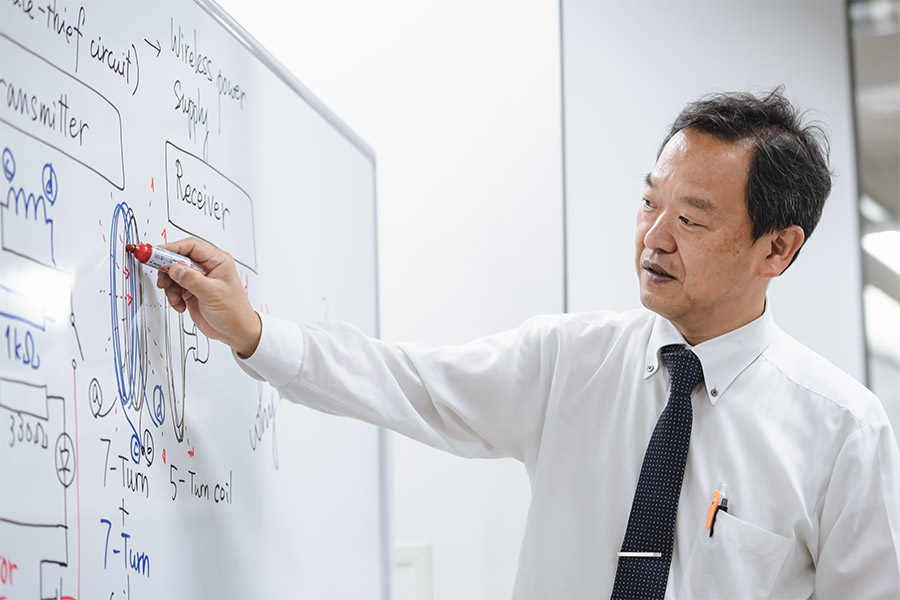

You obtained a doctoral degree in the field of science. Why did you subsequently shift to a career in education?
I initially specialized in condensed matter physics and continued my research as an assistant after completing my doctoral program. However, over time, I began to desire research that focused on connecting with people rather than solely pursuing fundamental research as a scientist. Around that period, an opportunity arose to teach physics at Chiba University’s Faculty of Education, prompting me to venture into the education field.
――When introducing the developed educational materials to Southeast Asia, are there any specific considerations you have in mind?
We are conscious of providing simple and sustainable teaching materials that local individuals can create and improve on their own. Of course, you can also utilize ICT teaching materials made by specialists. In fact, certain organizations are implementing educational projects abroad using advanced ICT teaching resources.
However, due to the straightforward nature of physical phenomena, engaging experiments can be conducted using uncomplicated materials like a ping-pong ball. It should be feasible to realize the same educational content provided by ICT teaching materials through more uncomplicated resources. Since such simple teaching materials are not a “black box,” local teachers might be capable of repairing and improving them. We would like to provide materials and experiences that will lay the groundwork for locals to build up their own education within their region.
Incorporating “play” makes learning more “fun”
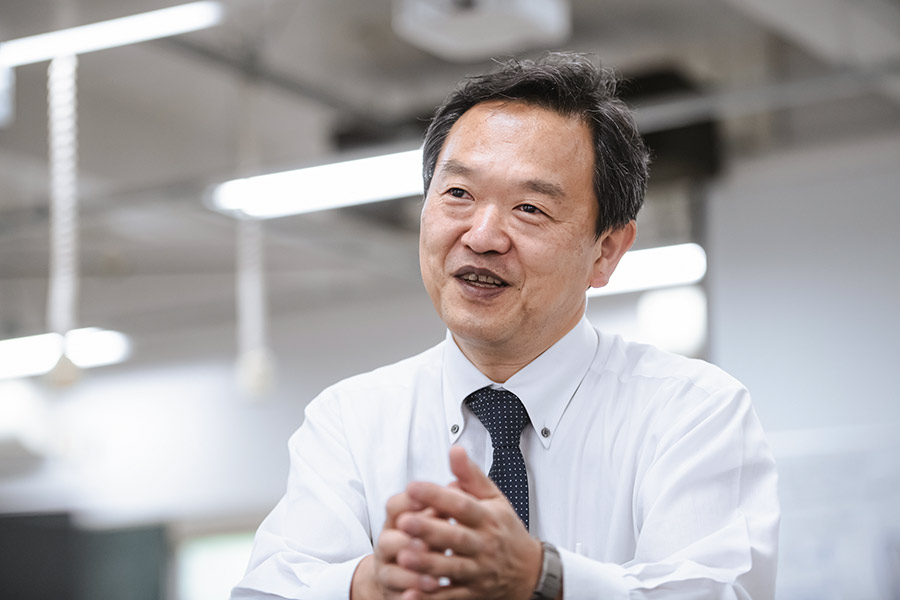
――What kind of activities are you planning next?
I intend to continue our efforts in activities in Southeast Asia. I would like to recover from the setbacks caused by the Corona pandemic and move forward energetically in the future. I am also working on producing instructional videos to explain how to use the teaching materials, ensuring that we can reach people in remote areas.
In the upcoming phases, I plan to incorporate familiar “play tools,” such as magnets and spinning tops, into introductory learning. These everyday physical phenomena, including the attraction of magnets and the rotational motion of tops, have the potential to captivate students’ interests. Given the increasing emphasis on interdisciplinary education, I aim to create physics teaching materials that incorporate elements from art and music. There are numerous ideas I want to explore.
Creating a disparity-free society through educational activities abroad
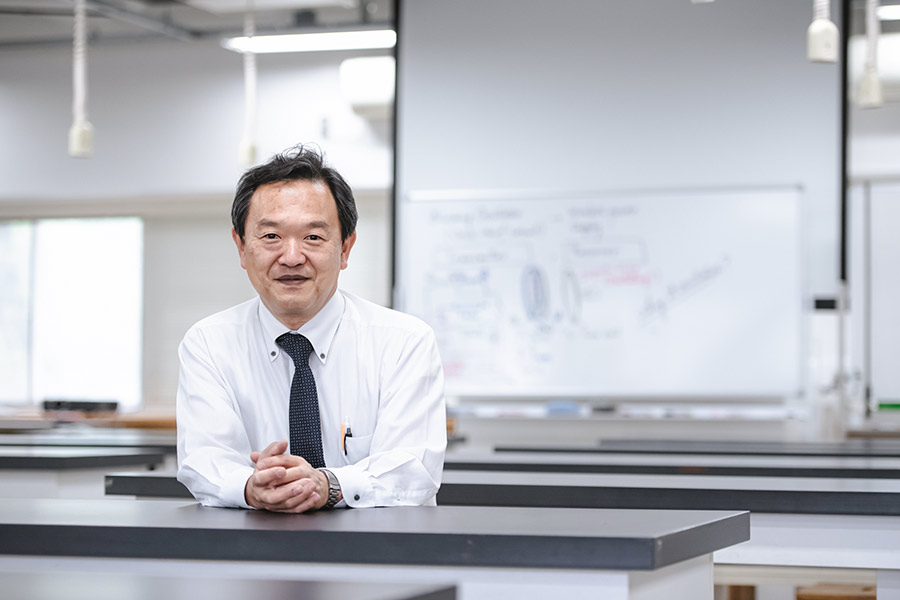
――What kind of future and society do you want to realize through your research?
I hope that I can contribute even slightly towards addressing the disparities present in both domestic and international societies through my research activities. While the advent of the information society has led to a gradual reduction in educational inequality, there still remain discrepancies in terms of convenience, for example, between urban and rural areas, and between Japan and other countries. My goal is to nurture educators who are attuned to such disparities, capable of critical thinking, and able to bridge these gaps.
In this regard, Cambodia is likely where our efforts are most needed. Following the loss of intellectuals during the Pol Pot regime, education is in the process of recovery. Unfortunately, the situation remains challenging compared to other nations. Through Chiba University’s initiatives, I hope that we can somehow contribute to finding a way forward.
――Finally, please give a message to students.
When it comes to applications of physics, you might think of industries like manufacturing and information technology. However, what you learn in physics has a much broader range of applications. I would be delighted if you could recognize the field of “education” as one of those applications.
If you decide to join my laboratory, you will have the opportunity to engage in various domestic and international educational activities. Apart from the overseas initiatives introduced earlier, you can participate in educational projects for Japanese high school students. I believe that both the realm of physics and the field of education offer wide-ranging possibilities for exploration.
If you are intrigued by physics education and its global expansion, I warmly invite you to visit our laboratory.
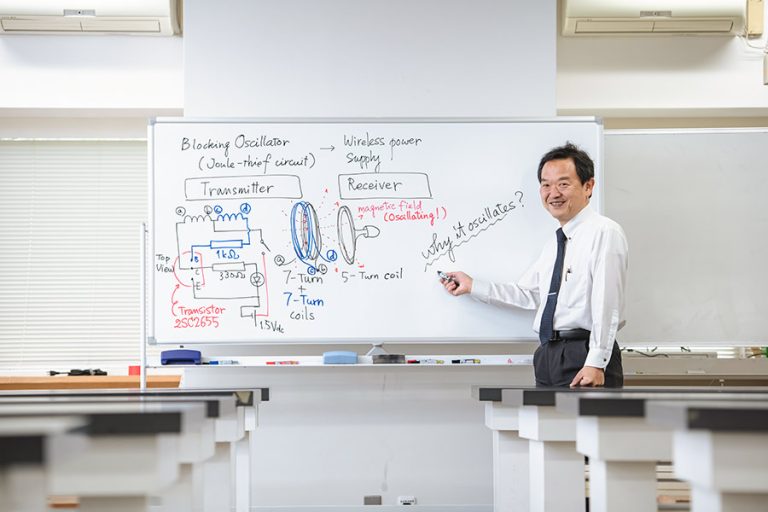
Series
Introducing Japanese Science Education to the World
Chiba University is advancing global talent development through programs like ‘Twinkle,’ where students deliver science education in English to high-school students in ASEAN countries.
-
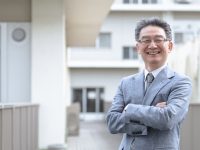
#1
2023.08.25
Nurturing Teaching Personnel for Multicultural Societies: High Schools-Universities-Graduate Schools’ Tripartite Collaboration to Develop Educational Programs in ASEAN Countries
-
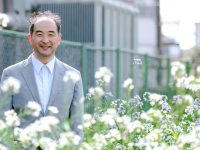
#2
2023.08.31
Viewing a Diverse World through the Lens of Agriculture and Food: Enriching Global SDGs Education with Insights from Extensive Overseas Field Research
-
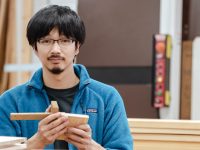
#3
2023.11.17
Reimagining the World with Tree Insights: Exploring Society through the Lens of Forests
-
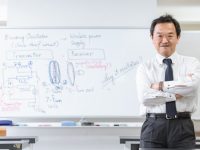
#4
2023.11.24
Bringing Japan’s renowned experiment-based science education to Southeast Asia: Developing sustainable physics teaching materials for the pursuit of a disparity-free society
Recommend
-

Nurturing Teaching Personnel for Multicultural Societies: High Schools-Universities-Graduate Schools’ Tripartite Collaboration to Develop Educational Programs in ASEAN Countries
2023.08.25
-
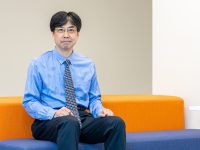
“Journey of the Brave,” a new cognitive behavioral therapy program: a solution for children’s anxiety
2023.04.19
-
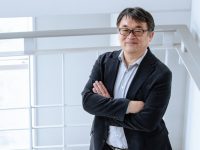
Predicting Future CO2 Absorption and Emissions in Terrestrial Ecosystems: International Geostationary Meteorological Satellite Network for Accurate Estimation
2023.07.04


